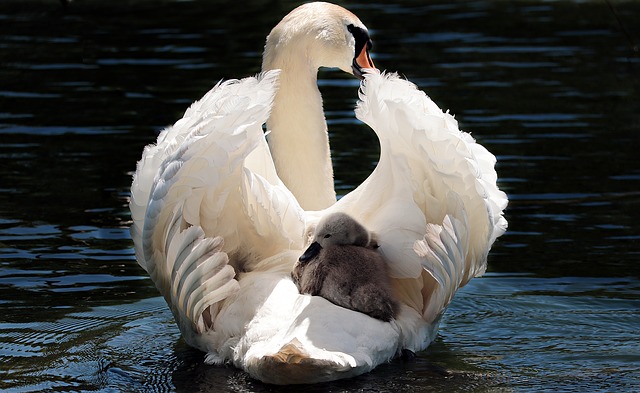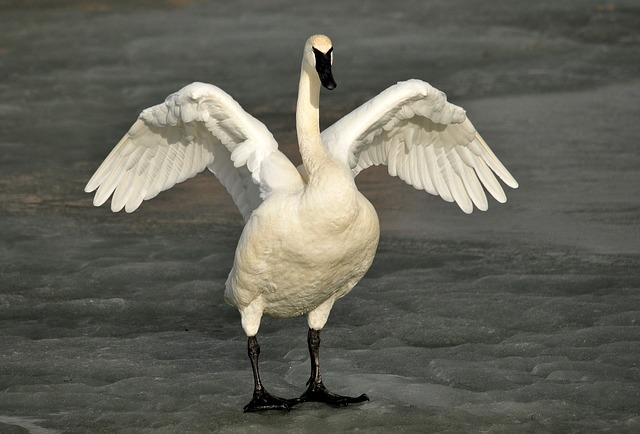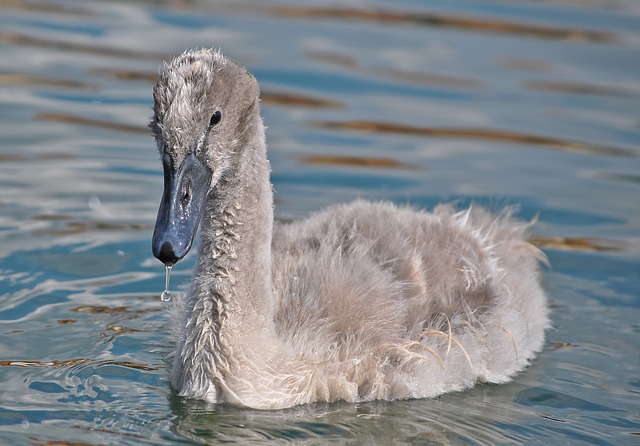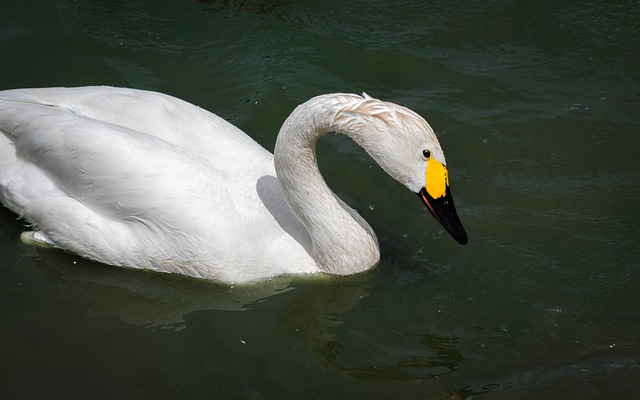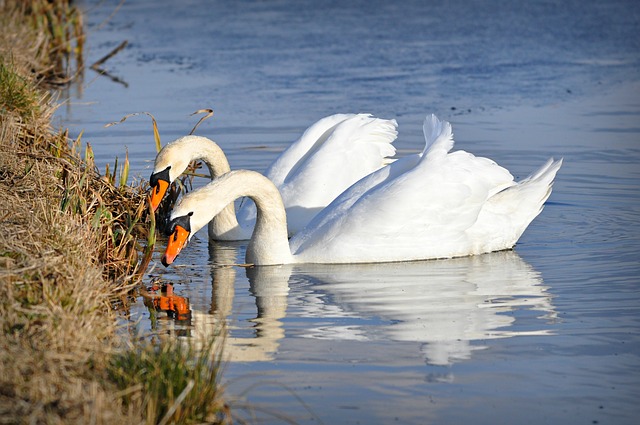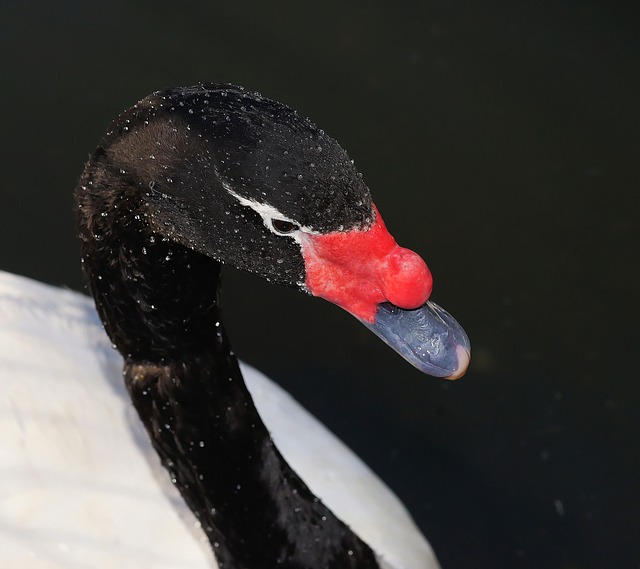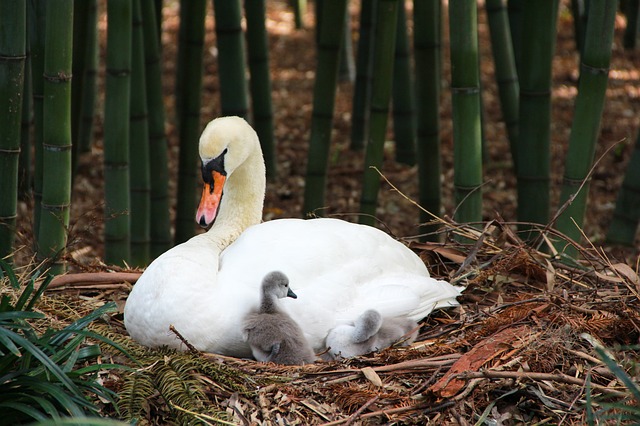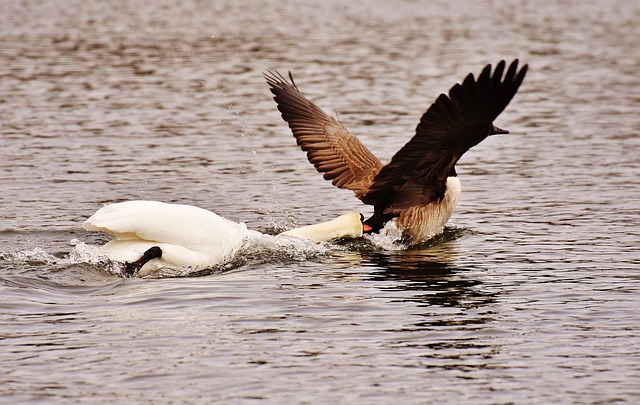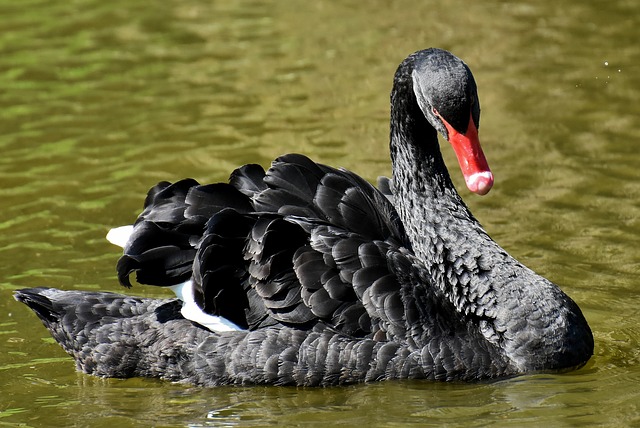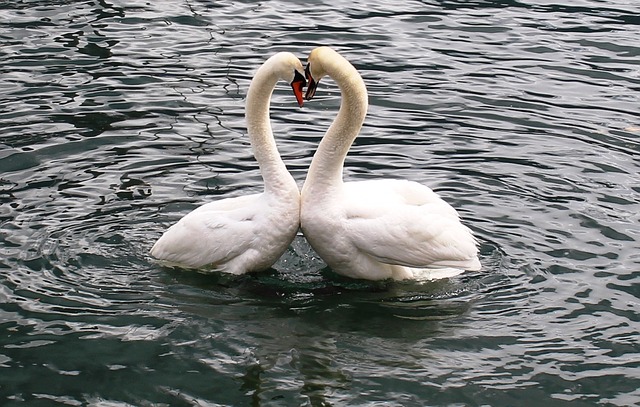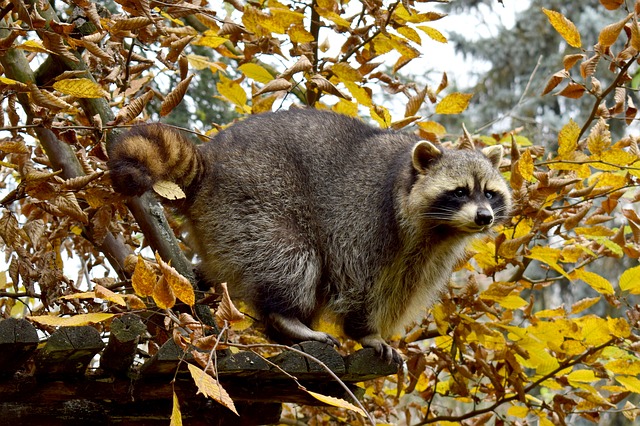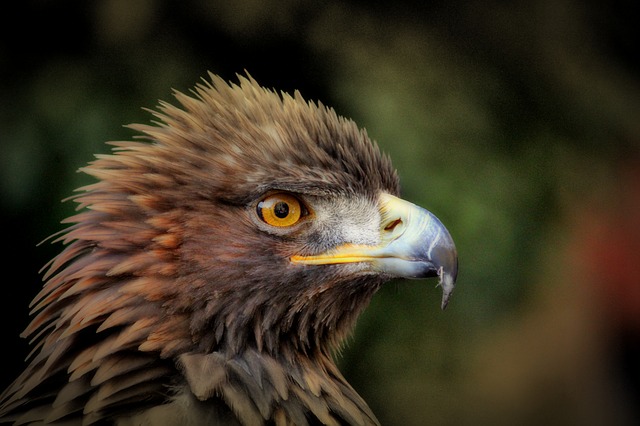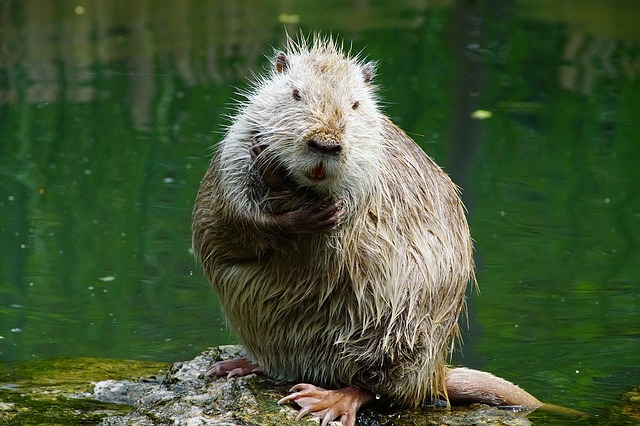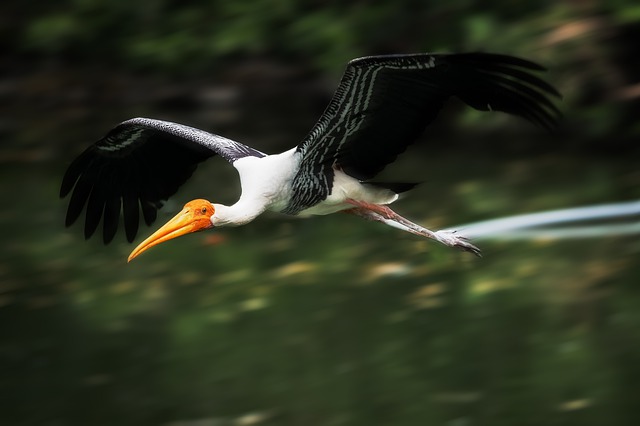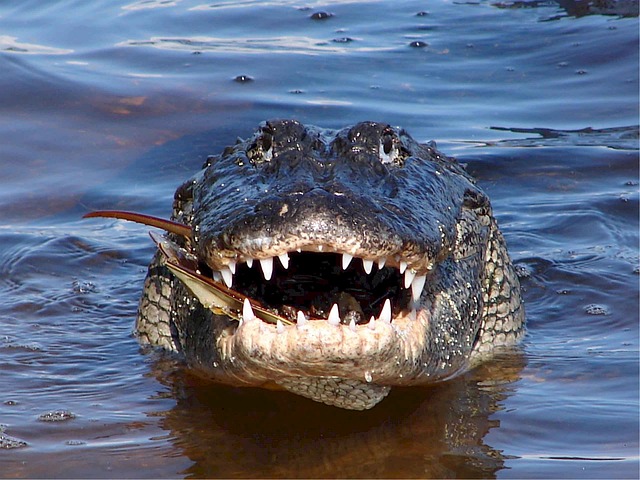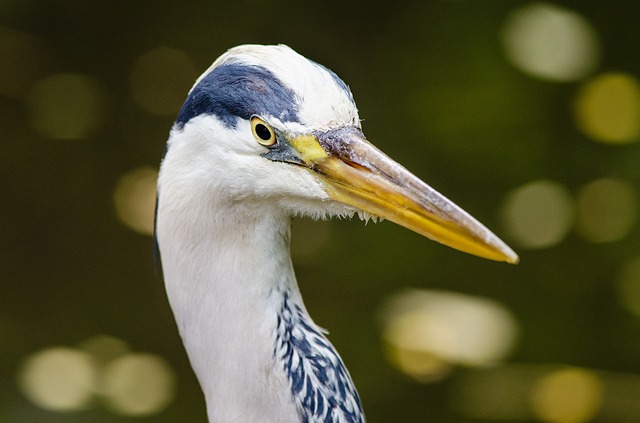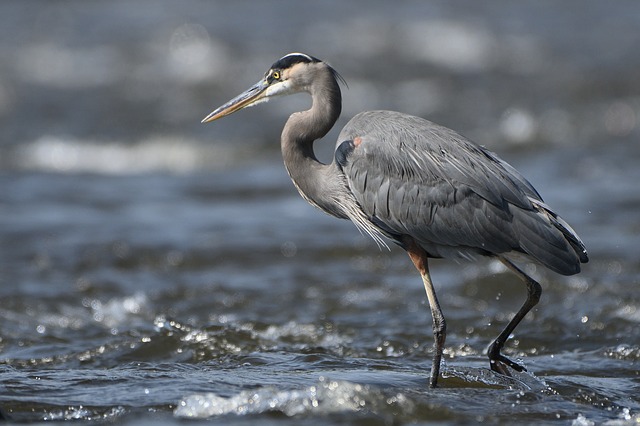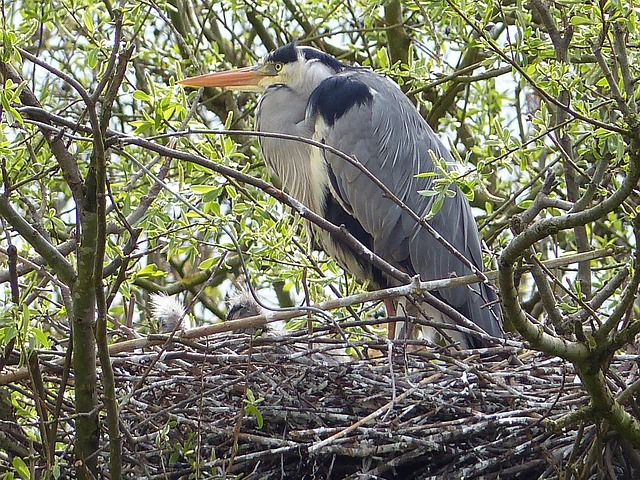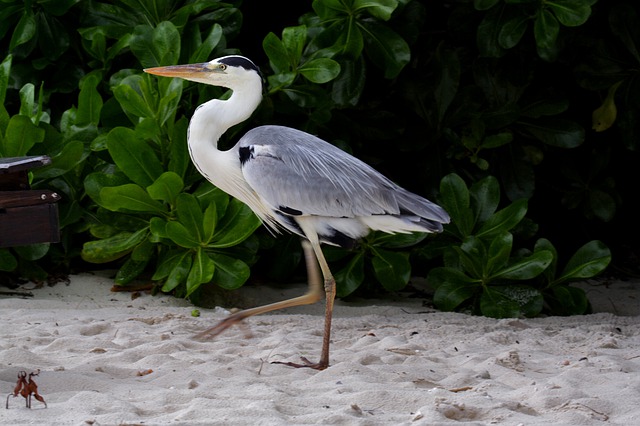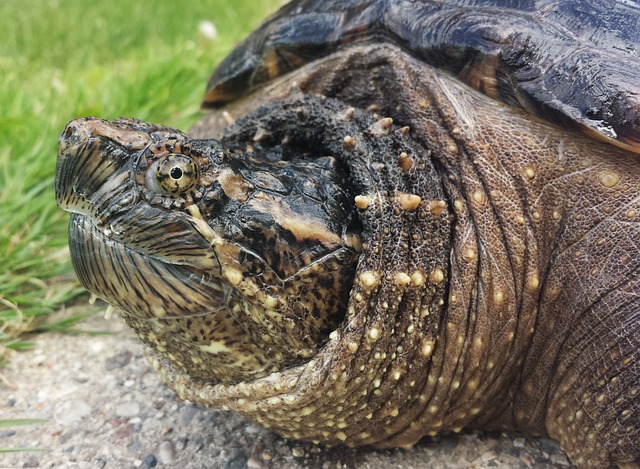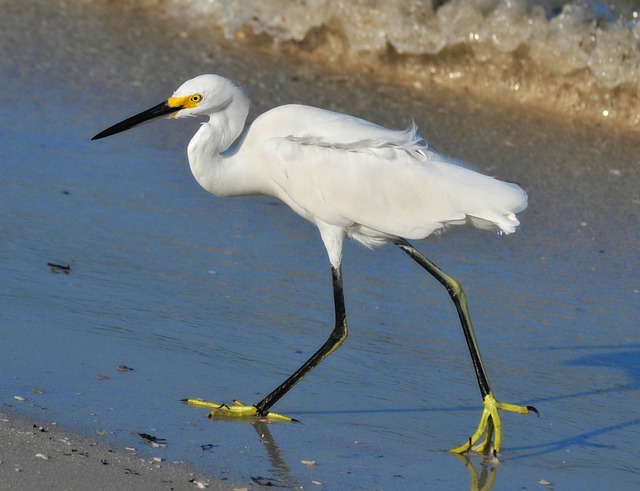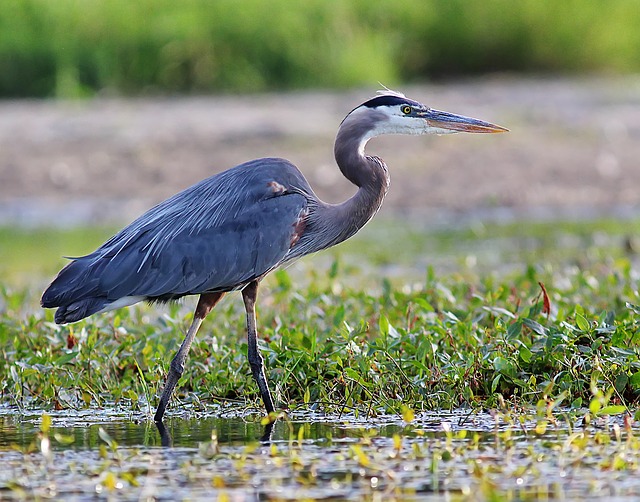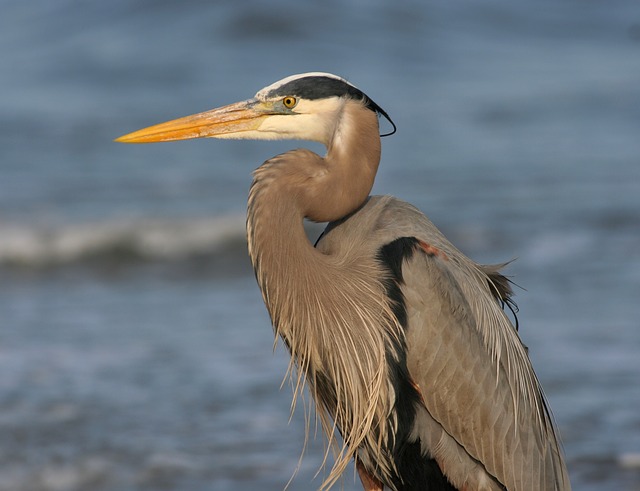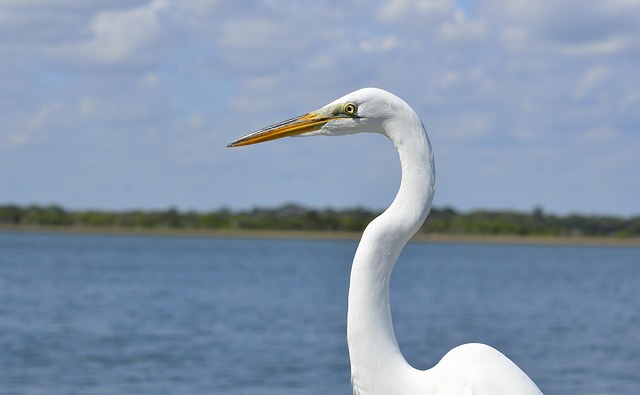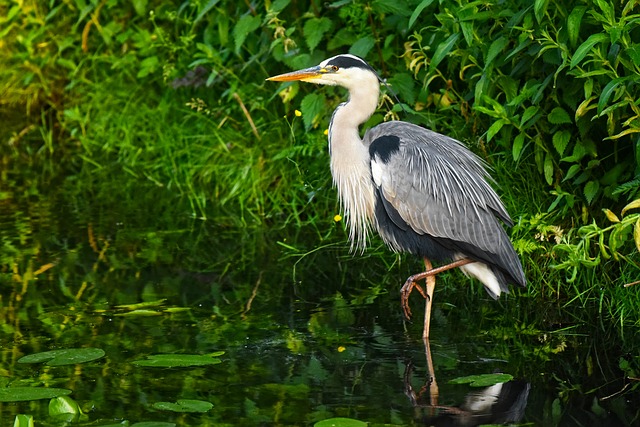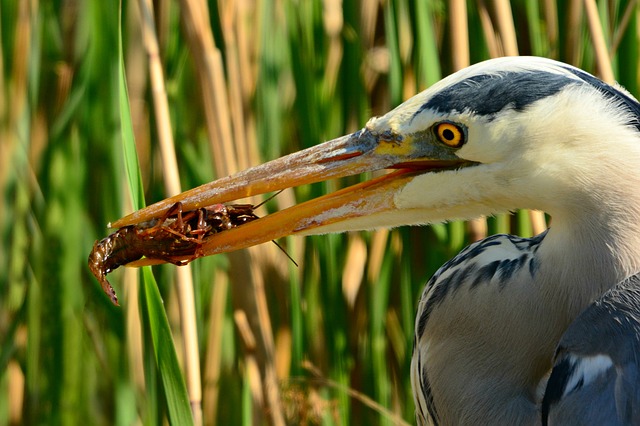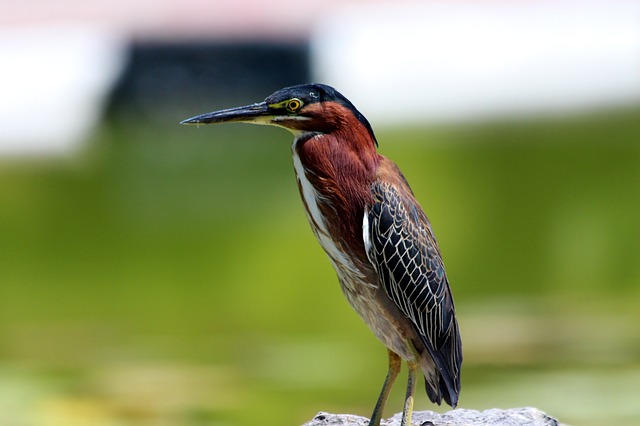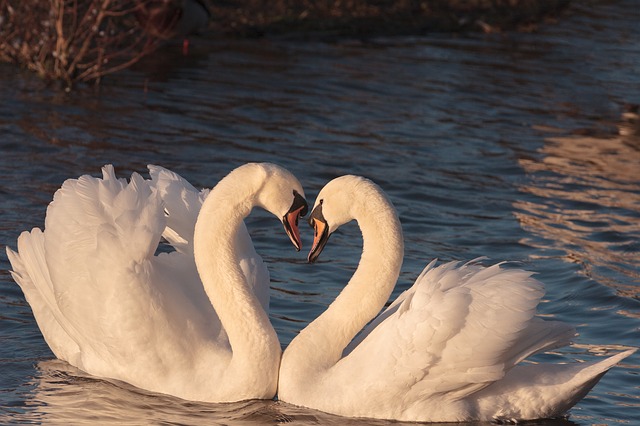
Swans are a large type of waterfowl that are well-known for their beauty. These birds are not only attractive but there are also many fascinating things about them as well. So we’ve compiled some of the best swan pictures to help show you just how amazing they are.
Baby Swan Riding On Mother
A baby swan is known as a cygnet. As soon as a cygnet hatches it can swim however, it will usually remain in the nest for twenty hours before heading to the water. In the water, they will often ride on the back of their parents. They typically stay with their parents until they are around one year old.
Trumpeter Swan
The trumpeter swan is native to North America. It is considered to be the heaviest native species of waterfowl on the continent. It also has the largest wingspan of any North American waterfowl with some individuals having a wingspan of over ten feet wide.
This species has plumage that is all-white in color and it can be distinguished from other similar-looking swan species by its black bill. In fact, its bill also happens to be the largest bill of any waterfowl. While this species was close to extinction in the early twentieth century, luckily it has made a successful comeback.
Mute Swan
The mute swan is native to Europe and Western Asia. It is an all-white bird with an orange beak that is outlined in black. Most pictures of swans are of this species as it’s the one that’s the most commonly encountered. In North America where it was imported as an ornamental bird, it has actually become an invasive species.
In some areas where there are breeding populations, it is considered to be a pest due to its aggressive tendencies and the disruption it causes to native waterfowl and the ecosystem. However what to do about it, if anything, is a topic of debate.
Young Swan
Mute swans cygnets like the one shown here are born grey with a black beak. As they get older their plumage changes to brown over the first six months of their lives. At around one year they will be mostly white in color although their beaks may remain grey or pink. As they gradually mature their plumage will be white and their bill will turn orange.
Tundra Swan
The tundra swan nests on the Arctic tundra and is known to fly very long distances during its winter migrations. It is all-white in color with a black bill that contains a patch of yellow. There are two subspecies of tundra swan. They are known as the whistling swan and Bewick’s swan. You can tell them apart by the fact that the whistling swan is slightly larger and has more black on its bill.
Feeding Swans
The swan diet consists of a range of different plants. Swans often feed on aquatic plants such as pond weeds and algae. They use their long necks to help reach submerged aquatic plants below the water’s surface. Mollusks and insects are eaten as well. Swans also graze for food on land and this may include grass or agricultural crops such as wheat and rapeseed.
Coscoroba Swan
The coscoroba swan is a swan species that is only found in South America. It has a red beak and its plumage is almost all-white except for the black tips of its flight feathers. The black tips are most obvious when the bird is flying. The coscoroba swan is considered to be the smallest of all the swan species.
Black-Necked Swan
The black-necked swan inhabits southern South America. And it migrates as far north as southern Brazil and Paraguay in the winter months. This species is white with a black neck and head. It has a grey bill with a red knob at the base. The black-necked swan is the largest waterfowl species in all of South America.
Mute Swan Nest
The mute swan will breed and lay its eggs in the spring. Usually anywhere from four to ten eggs are laid. The eggs will incubate for around forty days before hatching. The same nest is often used by the parents from year to year and may be rebuilt when needed.
Swan Attack
Some swan species are known for being aggressive. The mute swan however is considered to be the most aggressive of all swans. It is known for being highly protective of its nest and young. It will also attack and sometimes kill other waterfowl that enter its territory.
Because of its large size and protective nature, other waterfowl will often keep their distance. For this reason, a swan decoy can be placed in ponds, pools, or on land to help keep other types of waterfowl from landing. Decoys are often used to deter Canadian geese in particular.
Black Swan
The black swan is native to Australia and typically breeds in the southeastern and southwestern regions of the country. Like its name suggests this species is black and it has white flight feathers and a red bill. Because of its beauty, it has been imported around the world as an ornamental bird.
In England, several small breeding populations of escapees now exist. An interesting black swan fact is that around twenty-five percent of all pairs are made up of homosexual male birds.
Swan Pair Forming A Heart
Unlike most other bird species, a swan pair mates for life. So for this reason they are often used as a symbol of love and faithfulness. Some of the most romantic-looking swan pictures are of mute swans during their courtship ritual.
During the ritual, the swans ruffle their feathers and face each other with their heads bowed. When they do so, their long curved necks help to form a heart shape. The image of two swans forming a heart is a popular decoration on wedding cakes and for romantic events.
Start Shopping for Birding Supplies!
Raccoon Pictures
Raccoons are easily recognizable by their black face mask and ringed tail. And there are many fascinating things about this intelligent nocturnal species. So we’ve compiled some of the best raccoon pictures to show you just how amazing and unique they are. Raccoon...
Eagle Pictures
Eagles are large powerful raptors with sharp talons and beaks. These apex predators are typically at top of the food chain and there are many interesting things about them. So we’ve compiled some of the best eagle pictures to show you just how amazing they are. Bald...
Nutria Pictures
Nutria are large semi-aquatic rodents from South America. In the United States where they were originally imported for the fur industry, they are an invasive species. Despite their pest status, there are many interesting things about them. So here are some of the best...
Stork Pictures
Storks are tall wading birds with long legs and necks. These amazing birds have many fascinating things about them. And we’ve compiled some of the top stork pictures to help show you just how interesting and beautiful they are. White Stork The white stork has a body...
Alligator Pictures
The American alligator is a large predatory reptile that inhabits the southeastern United States. It’s a fascinating animal with many interesting things about it. And we’ve collected some of the best alligator pictures to help show you just how amazing they are....
How Long Do Great Blue Herons Live?
The life expectancy of birds is known to be closely related to their size. So as the biggest heron species in North America, how long do great blue herons live? The average life expectancy for these large birds is around fifteen years. However, surviving their first...
Where Do Great Blue Herons Live?
The great blue heron is considered to be the most widespread heron in North America. So exactly where do great blue herons live? Here’s what you’ll want to know. Great Blue Heron Range The great blue heron is found throughout most of the North American continent. In...
Where Do Great Blue Herons Nest?
While many of us have seen great blue herons their nesting habits often remain a mystery to most people. That’s because they purposely nest in hard-to-reach places. So where do great blue herons nest? Here’s the answer. A Colony Nester Typically great blue herons nest...
Do Great Blue Herons Migrate?
Do great blue herons migrate? This is something many people wonder about, especially if they’ve seen a heron during the cold winter months. And the answer is both yes and no. Here’s what you’ll want to know. Great Blue Heron Range The great blue heron has a large...
Great Blue Heron Pictures
Few species of birds are as tall, elegant, and attractive as the great blue heron. So we’ve compiled some of the best great blue heron pictures for you to admire and help you to learn more about this amazing bird! Great Blue Heron Head The head of the great blue heron...
What Do Snapping Turtles Eat?
Many people are familiar with the fact that snapping turtles have an incredibly strong bite. They use their strong jaws and sharp beak not just for defense but also for catching food. So what do snapping turtles eat? Here's what you'll want to know. Snapping turtles...
Birds That Look Like Egrets
Egrets are predatory birds that hunt and live in a range of both freshwater and saltwater habitats. These birds are usually white, and have S-shaped necks, long legs, and dagger-like beaks. However, they are often mistaken for several other types of birds that look...
Birds That Look Like Storks
Storks are large wading birds with robust bills and long legs. These tall carnivorous birds are well-known for their wide wingspans and also for building huge nests. However, they are often confused with several other bird types that have a similar appearance. So...
Birds That Look Like Herons
Herons are tall birds with long slender legs and necks. And they often wade in the water when hunting for food. Yet there are several other types of birds that may be mistaken for them. To make things more confusing many of these birds also spend time in the water and...
Great Blue Heron Facts
The great blue heron is named for its size and the grey-blue color on its wings, stomach, and back. This species has many fascinating things about it. So here are the top great blue heron facts. It's The Largest North American Heron The great blue heron is a big bird...
Are There White Herons?
Are there white herons? This is something many people wonder especially after seeing a tall all-white bird. The answer is yes! And here’s a fast introduction to them. A White Color Morph Most people are familiar with the great blue heron, a large predatory and...
Great White Heron Facts
While many people are familiar with the great blue heron, they are often surprised to find out that there’s also a great white heron. There are many things you’ll want to know about this stunning bird. So here are the top great white heron facts. The Great White Heron...
What Animals Eat Herons?
Because of their size and long sharp beaks, it can be hard to imagine that herons have any natural predators. While they do, they definitely don’t have nearly as many predators as most other types of birds. So what animals eat herons? Predators Of Adult Herons For...
What Do Herons Eat?
Great blue herons are often seen slowly wading in shallow water hunting for food. You may have even spotted one of these large birds in your own backyard pond. This leaves many people wondering: “What do great blue herons eat?” And here’s everything you’ll need to...
What Do Green Herons Eat?
The green heron is a secretive and small heron species. What it lacks in size however it makes up for in intelligence. It is particularly well-known for how it uses its smarts when hunting for food. So what do green herons eat? Read on to find out. Meet The Green...
